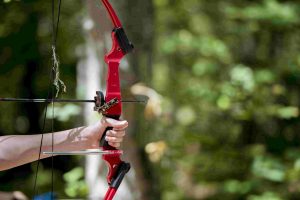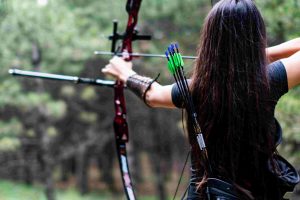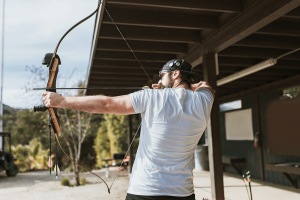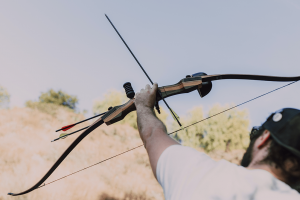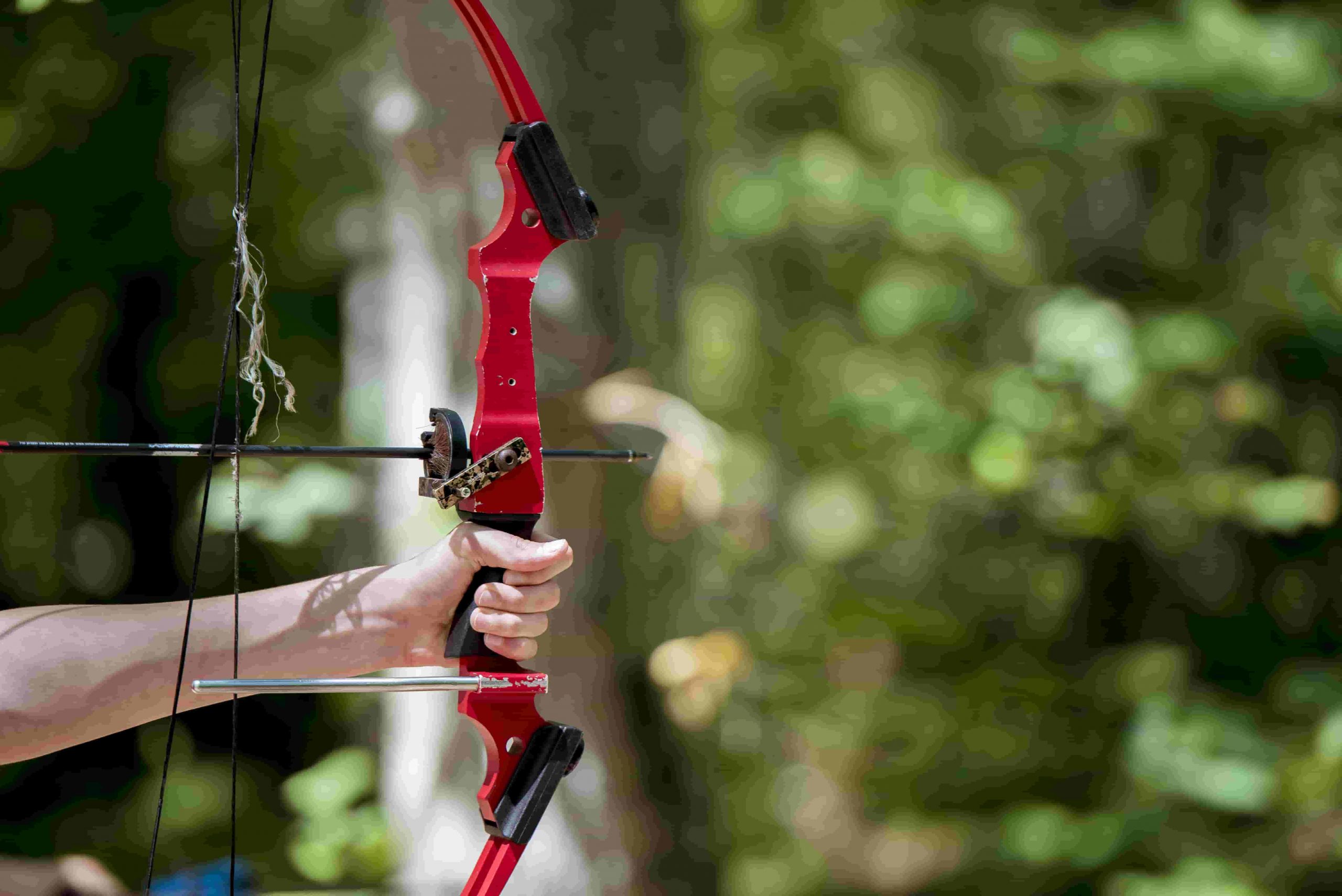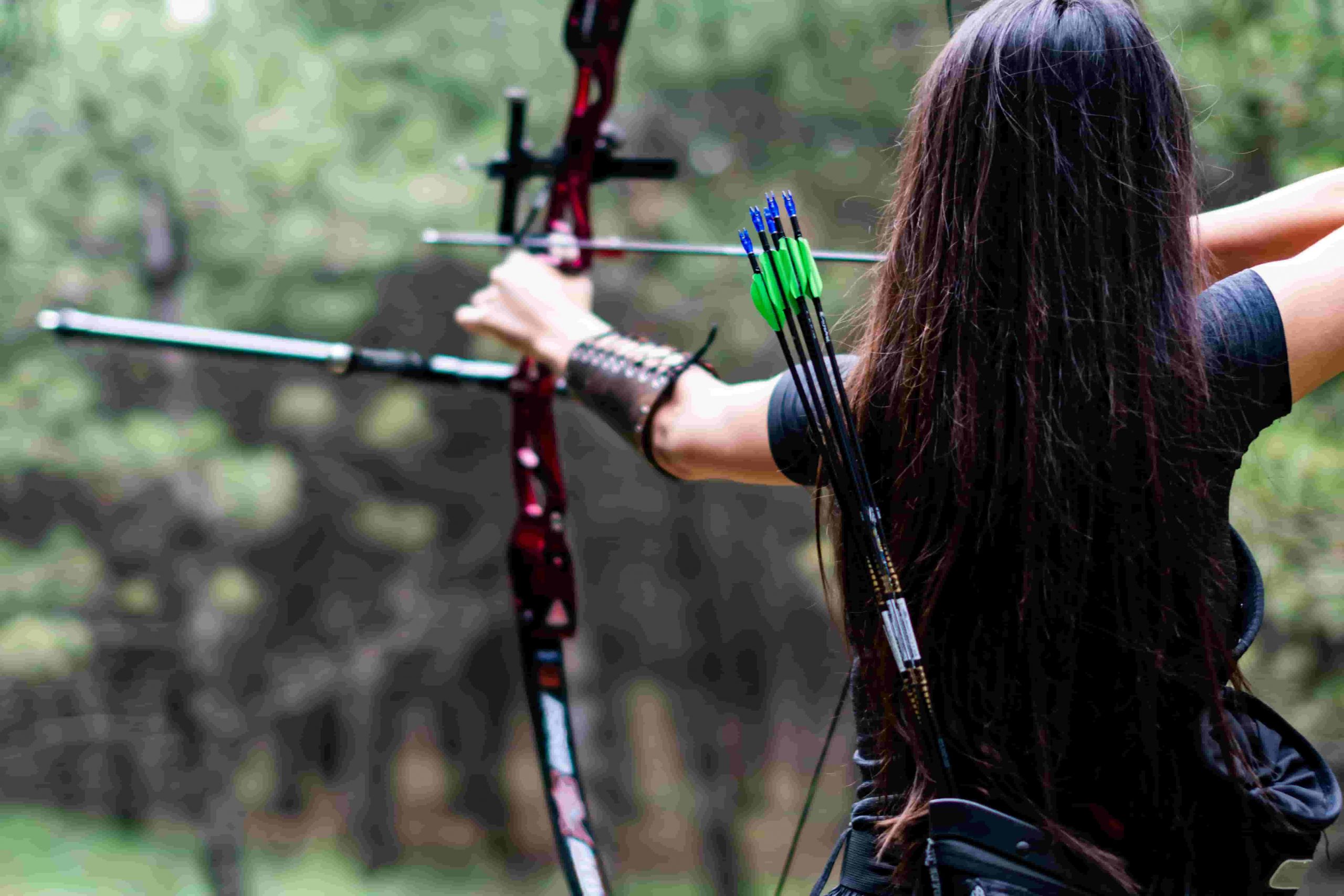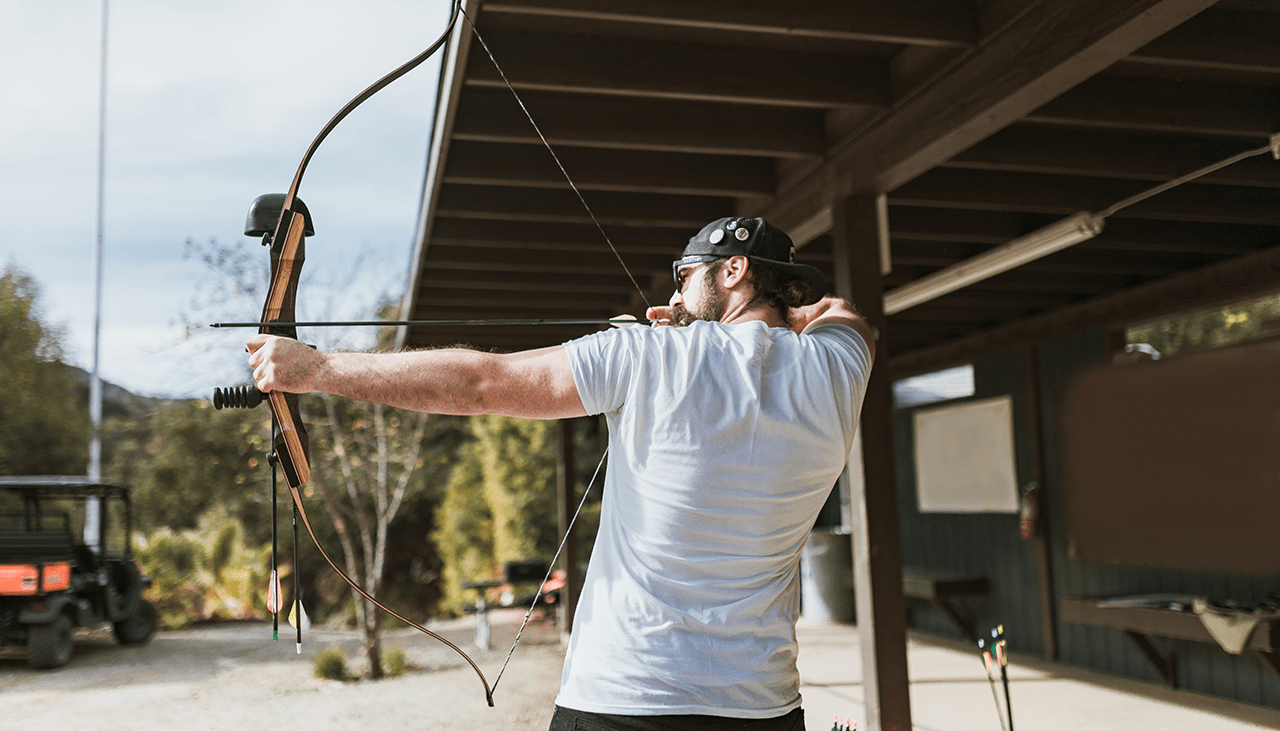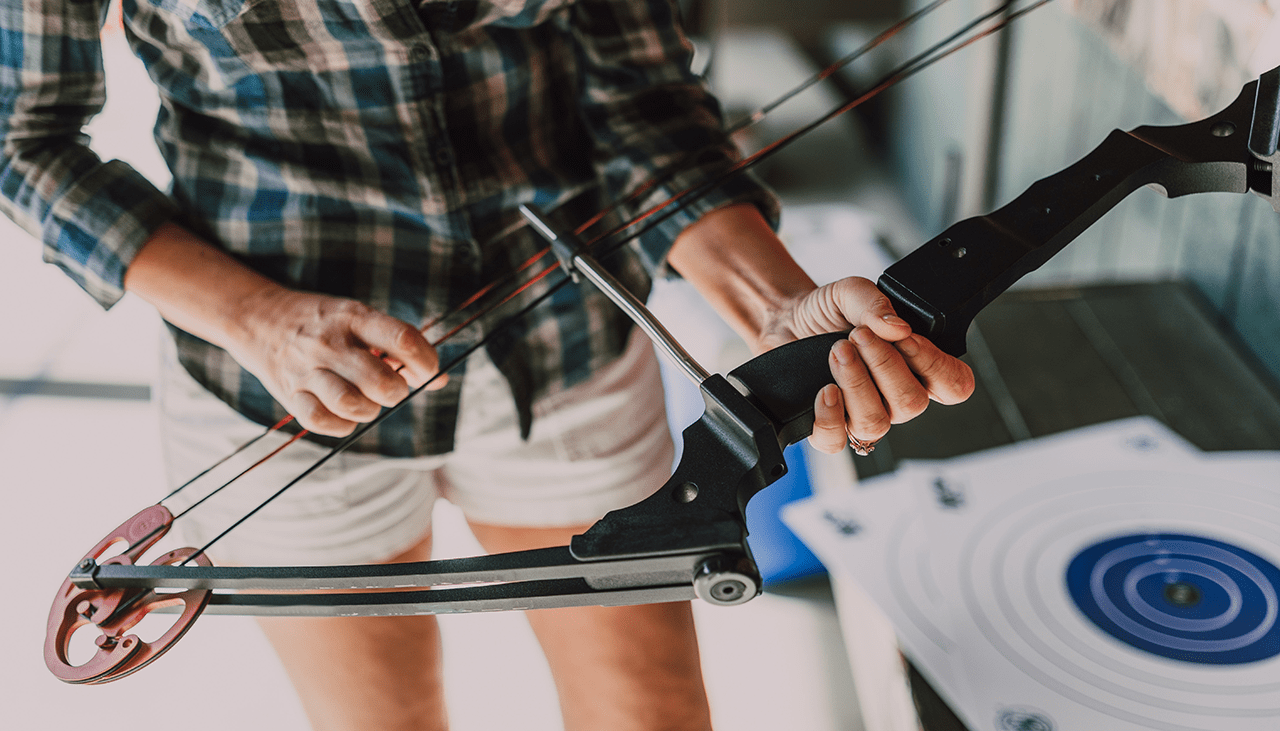Choosing the right bow can make all the difference between capturing your target and going home empty-handed. Whether you’re a seasoned hunter, a passionate archer, or someone who simply loves the great outdoors, understanding the nuances of different bows is essential. This guide will walk you through the essentials of bow selection, tailored to your unique needs and interests.
The Versatility of Bows in Hunting and Target Shooting
Bows have been a staple of human history, evolving from simple wooden constructs to sophisticated pieces of modern engineering. From recreational target shooting to serious hunting expeditions, their uses are vast and varied. The versatility of bows lies not only in their design but also in their adaptability to different shooting styles and game types. This adaptability makes them a favorite among hunters and archery enthusiasts alike.
Understanding the versatility of bows begins with recognizing their historical significance. Once the primary tool for survival, bows have transformed into instruments of sport and recreation. Whether you’re aiming for a bullseye on a target range or tracking a deer through dense woods, the right bow can enhance your skills and elevate your experience.
For those venturing into hunting, selecting the right bow is crucial. The type of game you’re targeting can significantly influence your choice. A bow suited for turkey may not be ideal for elk or deer. By understanding the specific attributes and capabilities of different bows, you can make an informed decision that aligns with your goals.
Exploring the Types of Bows
When it comes to selecting a bow, the choices can be overwhelming. Predominantly, bows fall into three categories: compound, recurve, and crossbows. Each type has its own set of characteristics, advantages, and best use cases, designed to cater to various shooting styles and preferences.
Compound bows are known for their intricate design, utilizing a system of pulleys and cables to provide greater power and accuracy. Thanks to this mechanical advantage, hunters can hold the bowstring back for extended periods without fatigue. This makes compound bows ideal for big game hunting, where precision and power are paramount.
Recurve bows, on the other hand, offer simplicity and tradition. Their design is reminiscent of ancient bows, providing a straightforward shooting experience. Though they require more physical effort to draw and hold, recurve bows are favored for their lightweight build and ease of maneuverability, making them popular among traditional archers and hunters targeting smaller game.
Crossbows stand apart with their unique horizontal design and trigger mechanism. Resembling a combination of a bow and a firearm, crossbows offer increased stability and ease of use, making them accessible to beginners and those with limited physical strength. Their high power output makes them suitable for a variety of game, from deer to wild boar.
In-Depth Look at Compound Bows
Among modern archers, compound bows are a favored choice due to their unparalleled precision and power. This type of bow uses a series of cables and pulleys, a design that provides significant mechanical advantages. The result is an instrument offering both efficiency and ease of use, making it ideal for both beginner and experienced hunters.
One of the standout features of compound bows is their adjustable draw weight. Unlike other types, compound bows allow users to modify the amount of force required to pull back the bowstring, tailoring it to their strength and preference. This adjustability ensures that archers can maintain accuracy without tiring quickly, especially during lengthy hunts.
Compound bows also boast a unique feature known as “let-off.” This term refers to the reduction in draw weight once the bowstring is fully drawn. With up to 80% of the peak weight reduced, archers can hold their aim longer, waiting for the perfect shot. This aspect, combined with their power, makes compound bows a top choice for hunting larger game, such as elk or moose.
Understanding Recurve Bows
The recurve bow is often celebrated for its elegant simplicity and historical roots. Its distinctive curved limbs offer a traditional archery experience, attracting those who appreciate a more hands-on approach. Though less technologically advanced than compound bows, the recurve bow remains a formidable choice for many archers.
One of the key benefits of recurve bows is their lightweight construction. Without the complexities of cables and pulleys, recurve bows are easy to transport and maneuver, making them a practical choice for hunters navigating dense terrains. Such mobility is beneficial for quick repositioning and stealthy movements, essential attributes when stalking game.
Another advantage of recurve bows is their straightforward maintenance. With fewer components than their compound counterparts, recurve bows are easier to repair and maintain in the field, ensuring that archers can rely on them during extended trips. Their durability and ease of upkeep make them attractive to both new and seasoned archers.
The Unique Appeal of Crossbows
Crossbows provide a distinctive blend of power and precision, earning them a special place in the world of archery. Combining elements of traditional bows and modern firearms, crossbows offer an intuitive shooting experience that appeals to a wide range of enthusiasts.
One of the defining features of crossbows is their ease of use. Thanks to their horizontal design and trigger mechanism, crossbows require minimal physical exertion. This accessibility makes them particularly appealing to beginners and individuals with limited upper body strength, ensuring that everyone can enjoy the thrill of archery.
Crossbows also deliver impressive power, capable of propelling bolts (crossbow arrows) at high speeds. This attribute is especially valuable when hunting larger game, where penetration and impact are crucial. For hunters seeking a reliable and efficient tool, the crossbow provides an excellent balance of control and performance.
Choosing the Right Bow for Your Game
Selecting the right bow involves more than personal preference—it’s about matching the bow’s capabilities to the type of game you’re pursuing. Different game requires unique attributes, and understanding these distinctions ensures your choice is both effective and ethical.
For small game, such as rabbits or birds, a recurve bow offers the agility and maneuverability needed for precise shots. Their lightweight design allows for quick adjustments, ensuring that you can track and target these agile creatures with ease.
When pursuing large game like deer or elk, the power and precision of a compound bow become essential. The ability to hold a drawn bowstring for extended periods ensures you can patiently wait for the ideal shot. Compound bows provide the necessary force to penetrate thick hides, resulting in humane and effective kills.
For those hunting a variety of game, the versatility of a crossbow offers a balanced solution. Crossbows are adaptable and powerful, capable of accommodating a wide range of hunting scenarios. Whether stalking wild boar or targeting turkeys, a well-chosen crossbow can meet your needs.
The Importance of Proper Bow Fit and Arrow Selection
Achieving success in archery isn’t solely dependent on choosing the right bow; it’s also about ensuring that the bow fits you perfectly and is paired with the appropriate arrows. Proper fit and arrow selection enhance your accuracy, comfort, and overall enjoyment of the sport.
Bow fit involves several factors, including draw length and weight. Ensuring that your bow matches your physical attributes prevents fatigue and promotes consistent shooting form. Many archery shops offer professional fitting services, guiding you in selecting a bow that’s tailored to your body and shooting style.
Arrow selection is equally important. Arrows come in various materials, lengths, and weights, each affecting your bow’s performance. Choosing arrows that complement your bow’s specifications ensures optimal flight and impact. Matching the spine (stiffness) of the arrow to your bow’s draw weight is crucial for achieving the desired accuracy and effectiveness.
Ethical Hunting Practices and Equipment
Ethical hunting is a core principle for responsible hunters, emphasizing respect for wildlife and conservation efforts. Proper equipment plays a vital role in ensuring that hunts are conducted humanely and sustainably, minimizing unnecessary suffering and promoting ecological balance.
Ethical hunting begins with proficiency and practice. Regular training ensures that hunters can make accurate shots, reducing the risk of wounding animals without a clean kill. This commitment to skill and precision aligns with the principles of conservation, safeguarding wildlife populations for future generations.
Choosing the right equipment is integral to ethical hunting. Well-maintained bows and carefully selected arrows minimize the likelihood of equipment failure, ensuring that each shot is executed as intended. Hunters who prioritize quality and reliability contribute to the preservation of ecosystems and the humane treatment of wildlife.
Insights from Experienced Hunters and Archers
Learning from those with experience enriches our understanding of archery and hunting. Seasoned hunters and archers offer invaluable insights and anecdotes that illuminate the intricacies of bow selection and usage, guiding newcomers and experts alike in their pursuits.
One testimonial recounts a hunter’s transition from a recurve bow to a compound bow for elk hunting. The hunter describes the increased accuracy and confidence gained with the compound bow’s features, culminating in successful hunts and memorable experiences.
Another archer shares their affinity for crossbows during turkey hunting, highlighting the crossbow’s ease of use and precision. The individual’s stories illustrate how the right equipment can enhance both the enjoyment and success of the hunt, fostering a deeper connection to the sport.
Conclusion
In the world of archery and hunting, the right bow can elevate your experience, whether you’re seeking the thrill of the hunt or the satisfaction of landing a perfect shot on a target range. By understanding the various types of bows, their features, and best use cases, you’re better equipped to make informed decisions tailored to your interests and needs.
Selecting the right bow involves careful consideration of game type, shooting style, and ethical practices. Ensuring proper fit and arrow selection enhances your performance and accuracy, promoting responsible hunting and contributing to wildlife conservation.
We invite you to explore these insights further and share your own experiences with our vibrant community of archers and hunters. Engage with us and discover even more about the art and science of archery, and take the first step towards refining your skills and deepening your connection to this timeless pursuit.

